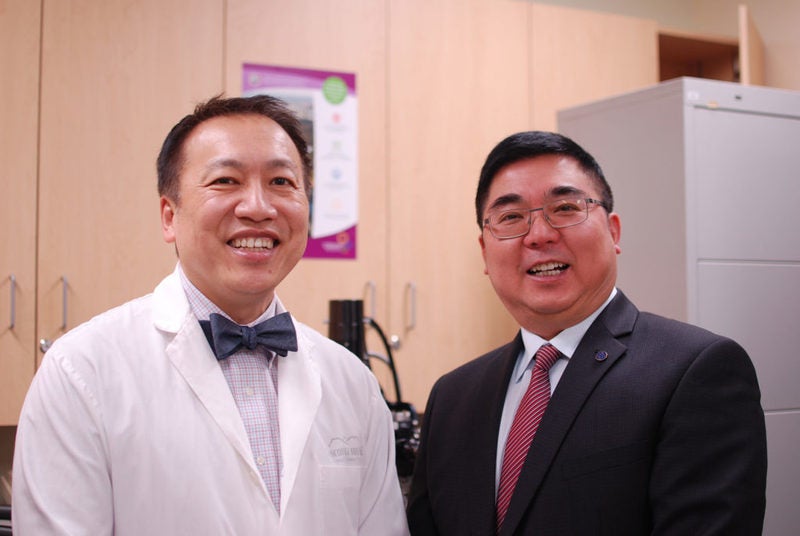
Researchers at Canada’s University of British Columbia have developed a laser microscope to enable diagnosis and treatment of diseases, including skin cancer, without the need for cutting the skin.
The device scans the tissues and upon detection of a suspicious or abnormal cell structure, it enables precise surgery to selectively treat the diseased structure within the tissue.
It leverages multiphoton excitation for living tissue imaging up to nearly 1mm in depth using an infrared laser beam. The treatment is performed by intensifying heat generated by the laser.
According to the researchers, the laser microscope helps medical professionals identify the exact location of the abnormality, followed by immediate diagnosis and treatment.
The team added that the device can be used for the treatment of any structure of the body that can be reached by light and needs precise therapy, including nerves or blood vessels in the skin, eye and brain.
University of British Columbia dermatology, pathology and physics professor Haishan Zeng said: “We wanted to be able to identify what was happening under the skin from many different angles and to have the capability of imaging different body sites.
How well do you really know your competitors?
Access the most comprehensive Company Profiles on the market, powered by GlobalData. Save hours of research. Gain competitive edge.

Thank you!
Your download email will arrive shortly
Not ready to buy yet? Download a free sample
We are confident about the unique quality of our Company Profiles. However, we want you to make the most beneficial decision for your business, so we offer a free sample that you can download by submitting the below form
By GlobalData“Once we achieved that, we wondered whether we could transform this diagnostic device into a treatment device by simply turning up the power of the laser.
“We are not only the first to achieve fast video-rate imaging that enables clinical applications, but also the first to develop this technology for therapeutic uses.”
Scientists across the university’s mechanical engineering, electrical engineering and ophthalmology departments are working together to create different versions of the technology.
They intend to develop a miniature version to facilitate microscopic examinations and treatment during endoscopy.
A study describing the new technology has been published in the Science Advances journal.



